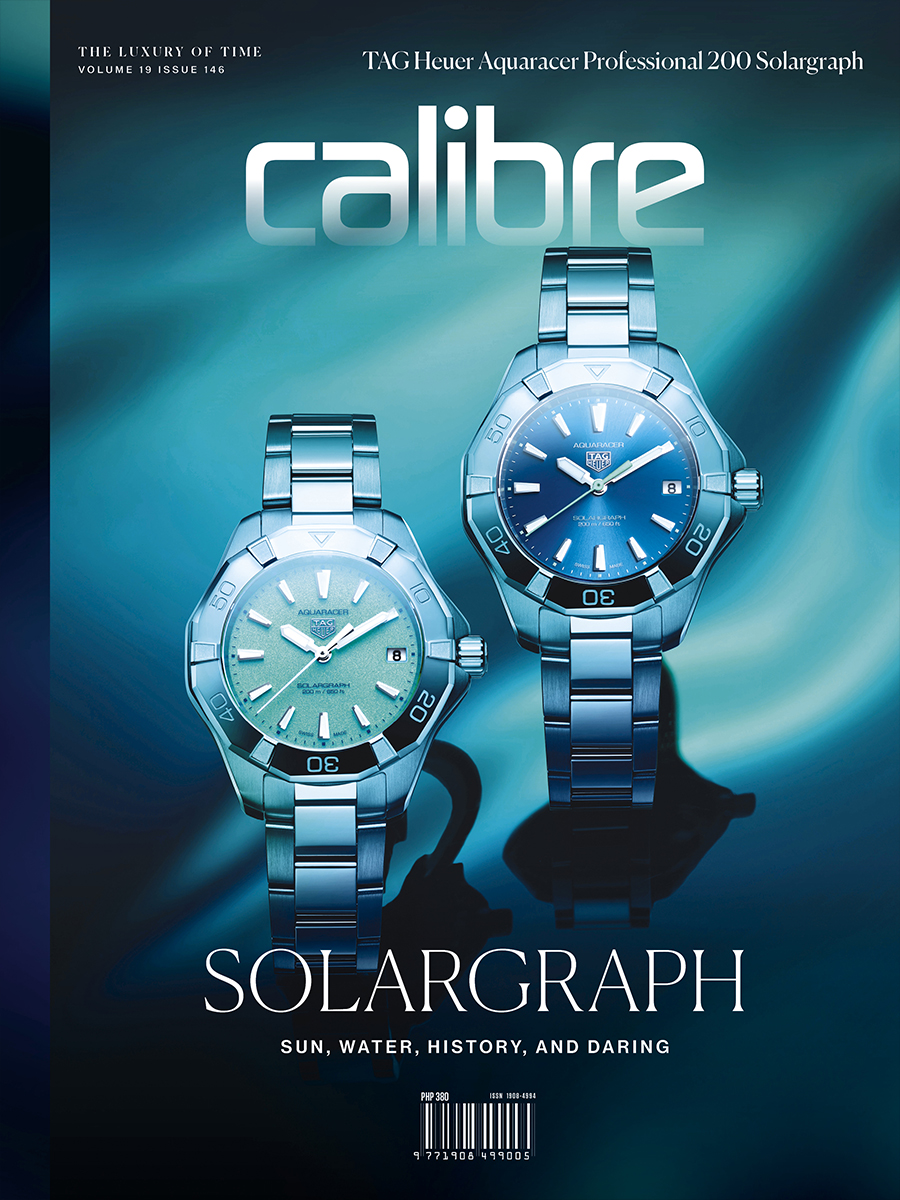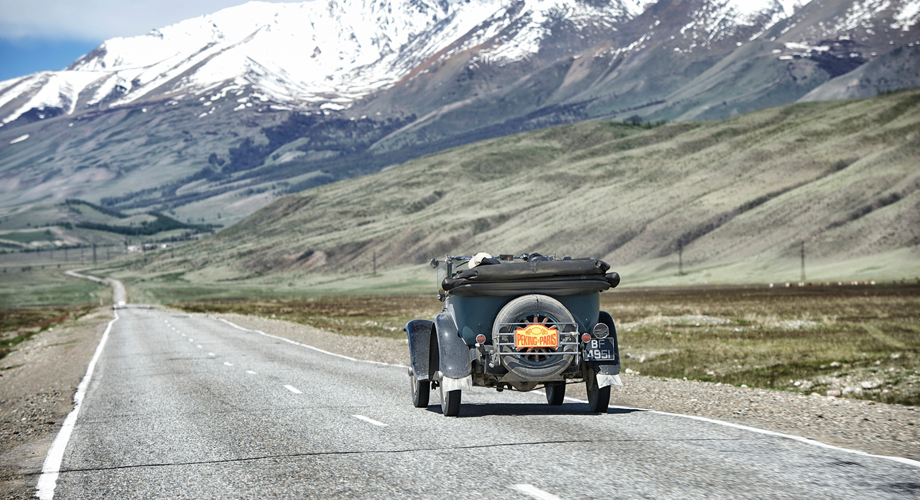Frederique Constant has been, for many years, involved in various forms of motor sports, especially with vintage car rallies. This year, the brand further strengthens its ties to the sport by aligning itself with the legendary Peking to Paris Motor Challenge as the event’s official timekeeper.
The Peking to Paris Rally Motor Challenge was first run in 1907. It began exactly as that, a challenge.
The first self-propelled vehicle was built in 1769 and was powered by a steam engine. But problems plagued the invention, deeming it impractical to use. In 1879, Karl Benz designed, built, and patented an internal combustion engine. Because of this, Karl Benz is known as the father of the modern car.
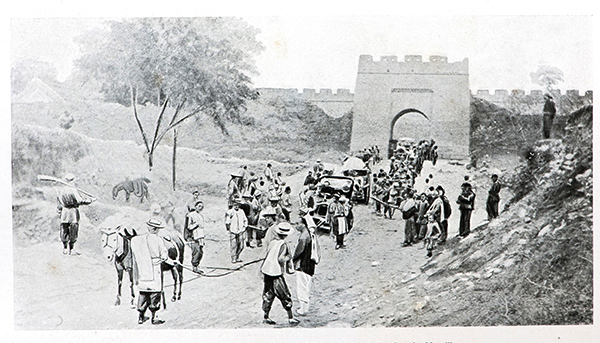
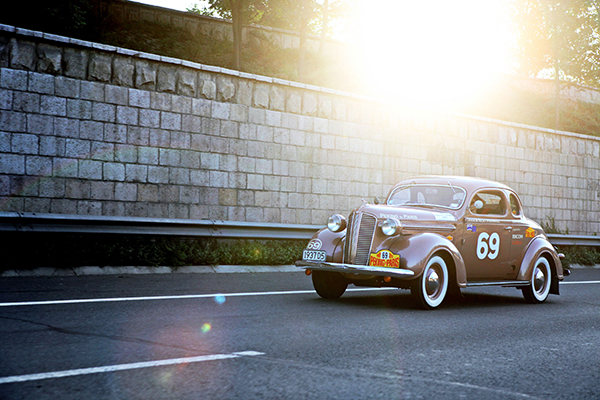
In 1907, when cars were fairly new and unknown in a vast majority of countries, a Parisian newspaper printed this on their daily: “What needs to be improved today is that as long as a man has a car, he can do anything and go anywhere. Is there anyone who will undertake a travel this summer from Peking to Paris by automobile?” With car at hand and adventure in their hearts, forty entrants took on the challenge.
There were no rules in the race except that the first one to reach Paris would be declared the winner. Since cars were fairly new, not much roads were constructed. A good lot of the course was run on routes made for horses. Drivers had to make their way through ravines, quicksand, mud, and bridges that were not built to support the weight of a car. The ambitious undertaking took the drivers on a 16,000-kilometer long route and took 45 days to complete. At the finish line, Italian Prince Scipione Borghese won the race.
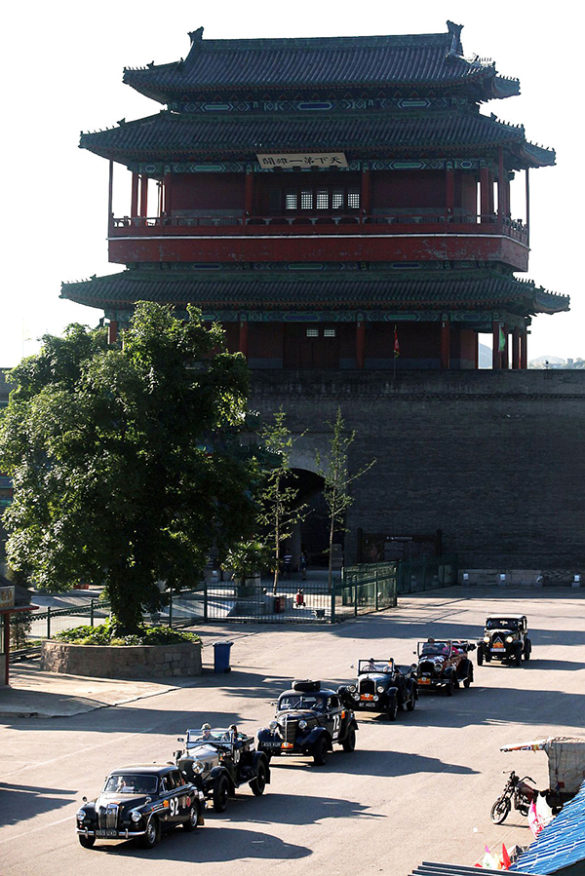
Vintage car racing is not just a pastime, it is also a conglomerate of people who are drawn together by a passion for tradition, by people who highly appreciate the beauty of classic designs that last a lifetime. Frederique Constant’s slogan “Live your passion” gels well with this rally.
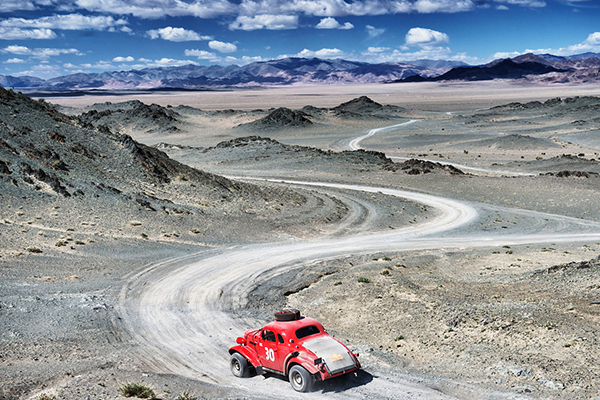
There have been four other races since the inaugural 1907 rally. The second race was held in 1997 where 94 vintage cars entered and took a more southerly route than the original. The succeeding races took place in 2005, 2007, and 2013. On this sixth edition of the race, this 2016, the route will find the drivers traversing the original route that the first rally was held – or at least as close to it as possible.
The cars are divided into two age categories: the Vintageant category for pre 1941 models and the Classic category for models of a type in production before 1975. The cars must be prepared in a period-style, no modern-looking part or equipment may be used. This rule enhances the experience of the drivers and spectators as well. Not to mention the fact that it will look great on video and still photographs. The cars should be prepared with high ground clearance and capable of running on low-grade petrol. The last one is important, as petrol stations they will be passing by may not have high-grade petrol in their stock. Also, cars should have a substantial underbody protection like a sump guard, tank guard, and skid plates, as they will be passing through the Gobi Desert and other rough patches of road.
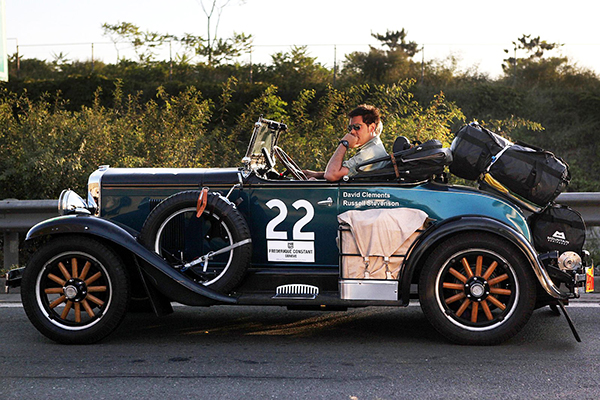
The 109 competitors and their classic cars will follow a route of over 13,000 km in a span of 36 days. It is slated to start from the Great Wall outside Beijing in China. Drivers will travel anywhere from 300 to 600 kilometers per day. Mandatory rest days are scheduled on days 5, 14, 20, and 29 in Mongolia, Russia, and Hungary. The furthest distance they will drive is 613 kilometers from Nizhny Novgorod to Zavidova, Russia. By the time they complete the rally at Place Vendome, they would have traveled 13,695 kilometers in a span of 36 days. At the finish line, Frederique Constant will welcome the drivers at the famous Parisian square.
Vintage car racing is not just a pastime, it is also a conglomerate of people who are drawn together by a passion for tradition, by people who highly appreciate the beauty of classic designs that last a lifetime. Frederique Constant’s slogan “Live your passion,” gels well with this rally. It encourages people to follow their passion as they do in the world of watchmaking.
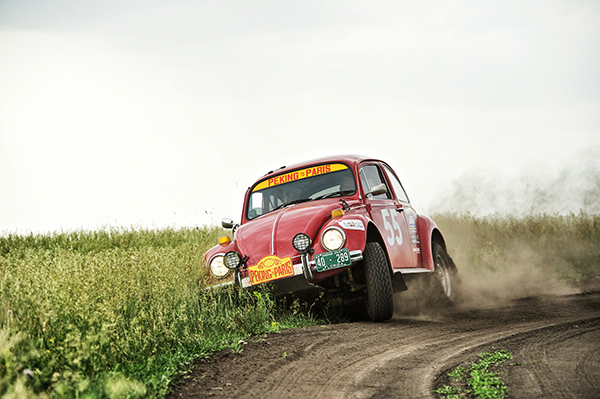
Frederique Constant is a family-owned watch manufacturer based in Plan-les-Ouates, Geneva, Switzerland. The company is involved in all stages of watch production, from initial design to final assembly and quality control. Frederique Constant develops, manufactures, and assembles in-house calibres, 21 different versions since 2004. Frederique Constant watches are classical and traditional in design. Every timepiece is created with a genuine passion for details.
The vintage cars in the Peking to Paris Motor Challenge and Frederique Constant watches are characterized by the same attributes: classical design, precision, and performance. For the 2016 edition of the Peking to Paris Challenge, Frederique Constant created a limited edition watch as a tribute to this exceptional race. Both driver and navigator of the winning team will be awarded this exclusive timepiece.

